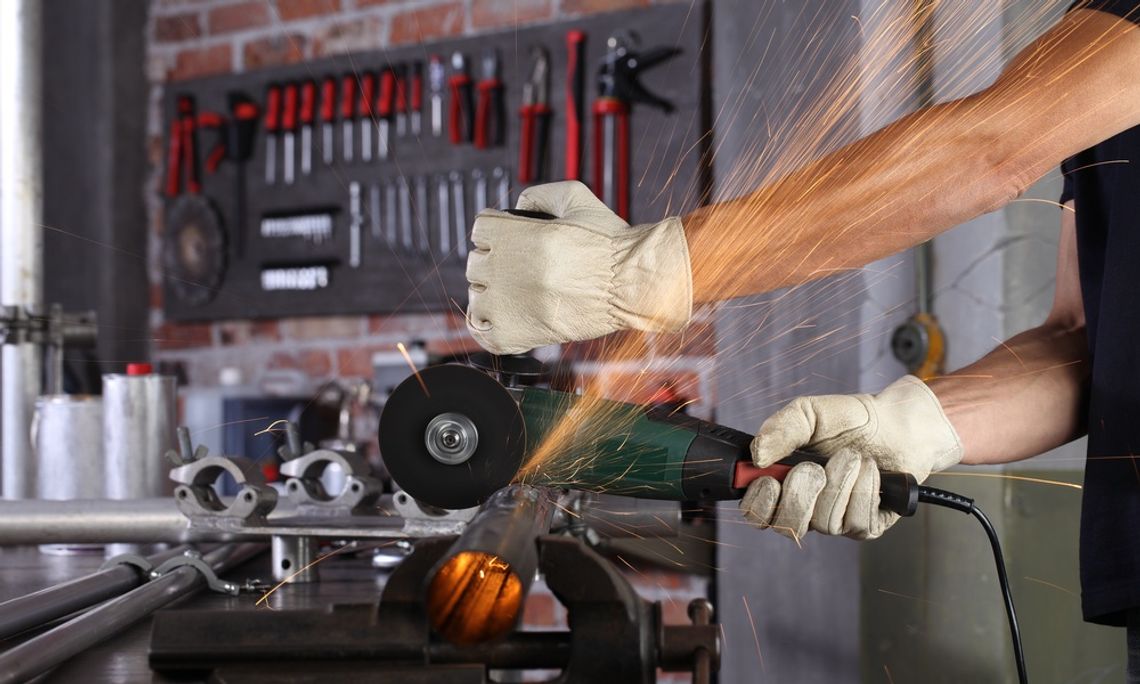Choosing the perfect metal cutting machine transforms the way your shop operates. The right equipment boosts efficiency, delivers precise cuts, and supports a safer work environment. For small shop owners and metal workers, this decision directly impacts both productivity and profitability. By understanding how to select the right metal cutting machine for your shop, you can make a smart investment that fits your workflow and long-term goals.
Understand Your Cutting Needs
Before investing in a machine, assess what types of metals you typically work with and their thickness. Aluminum, steel, and other materials demand different cutting capabilities, so understanding your requirements is essential. If your shop consistently handles larger batches of materials versus sporadic, small jobs, this will impact the machine type you choose.
Precision is another key factor. Some projects may require smooth edges or exact tolerances for tight-fitting parts, while others may only need rough cuts. Make sure you select a machine that balances accuracy with your production needs.
Explore Different Types of Metal Cutting Machines
From manual to powered options, machines vary in how much control they offer. Manual machines are budget-friendly and suitable for smaller workloads, but powered machines, including semi-automatic and fully automated options, save time on larger projects. The type of work you do should determine whether you consider a plasma cutter for intricate cuts, a band saw for versatility, or an abrasive saw for simpler tasks.
Each machine has specific applications and limitations, so understanding what works best in your shop environment is critical to making the right investment.
Match the Machine’s Features to Your Shop Size and Budget
Available workspace is an often overlooked but essential factor when selecting a metal cutting machine for your shop. For smaller shops, compact or portable machines that can be moved and stored efficiently may be ideal.
Budget is equally important, but it’s about striking a balance between cost and long-term value. High-quality machines often come with an upfront cost but ensure efficiency and accurate performance over time.
When To Use a Horizontal Band Saw
If your shop regularly processes larger stock or makes repeated straight cuts, a horizontal band saw can quickly become one of your most valuable tools.
Their compact design and relatively low operating noise make them well-suited to smaller workshops. Common applications for horizontal band saws include cutting pipe, angle iron, and flat stock. Consider how these applications align with the day-to-day demands of your business. If your workload fits these patterns, investing in a horizontal band saw could save time and increase accuracy across your projects.
Safety and Maintenance Requirements
Safety should never be an afterthought when choosing machinery. Focus on cutting machines with guards, emergency stops, and other safety features to protect your team. Regular maintenance not only ensures smooth and accurate cuts but also extends the life of your investment. Neglecting these aspects can lead to costly repairs or even workplace accidents.
Invest in the Right Solution for Your Shop
Selecting the right equipment can transform how your shop operates daily. By carefully evaluating your cutting needs, shop size, and budget, you’ll be able to select the right metal cutting machine for your shop with confidence. With the right machine in place, you’ll enhance efficiency, maintain high-quality results, and create a safer work environment for your team.


Comment
Comments